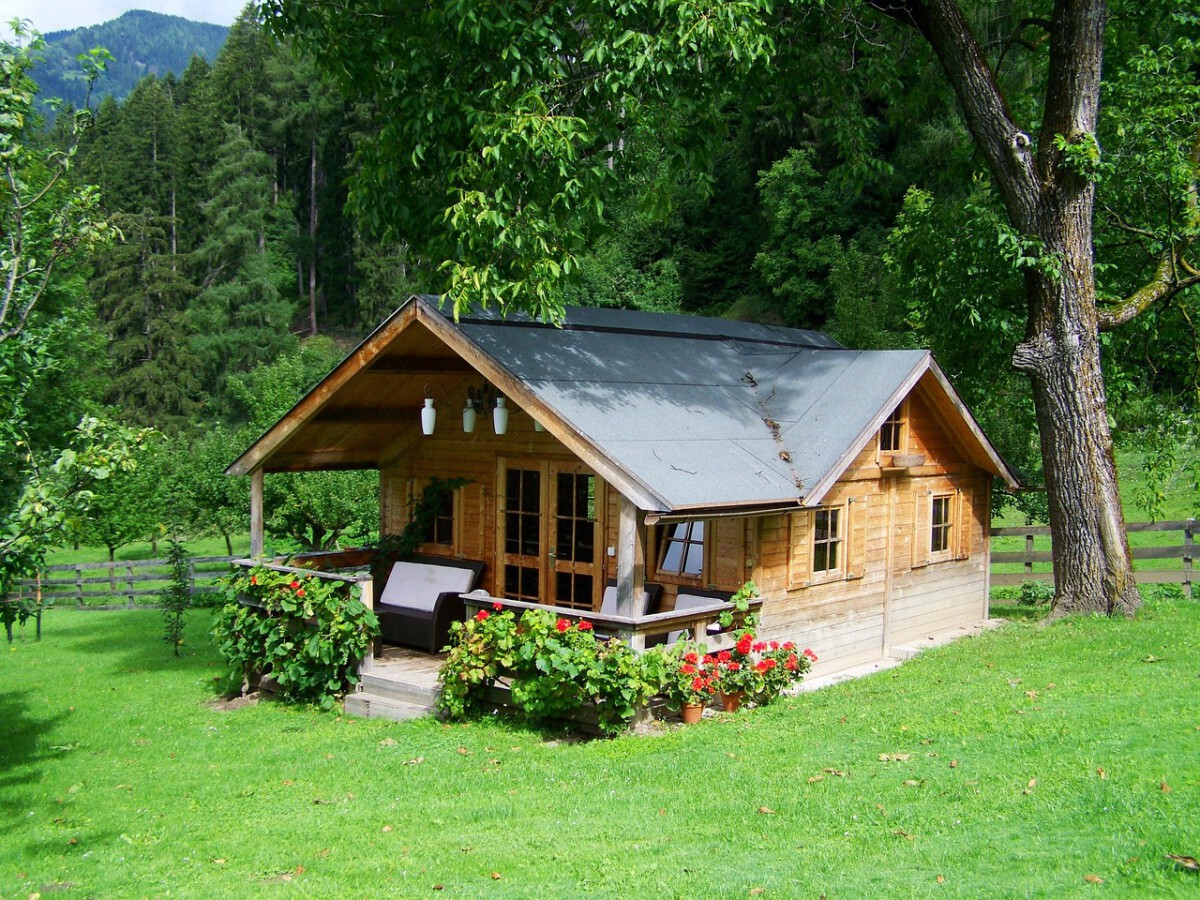When Destruction Becomes Opportunity
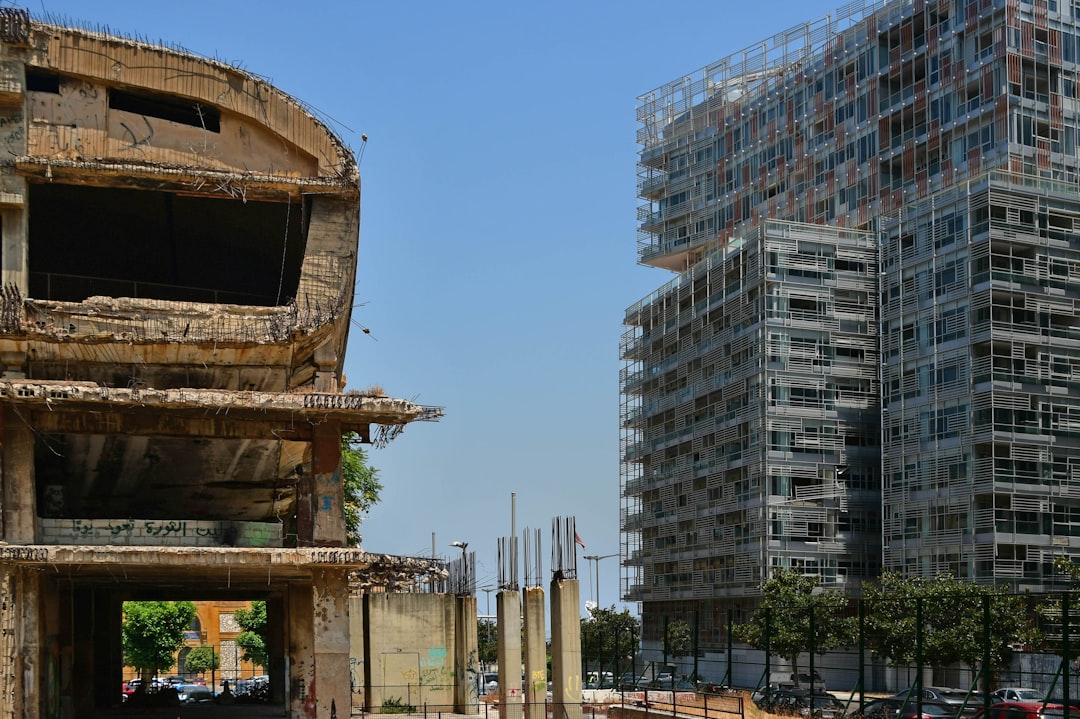
Imagine walking through a city where every street tells a story of survival against impossible odds. The rubble beneath your feet was once someone’s home, the twisted metal used to be a playground where children laughed. But here’s the thing that might shock you – sometimes the most devastated places become the most innovative, resilient urban spaces of our time. Cities are resilient environments, capable of literally rising from their ashes and rubble. Just as the history of mankind is one example after another of armed conflicts, there are numerous examples of cities that have been rebuilt after a war, some almost in their entirety. The chaos of destruction often forces urban planners to think outside the box, creating entirely new visions for how people should live together. In the strangest twist of fate, war and disaster sometimes give birth to the most beautiful and functional cities on Earth.
Warsaw – The Phoenix That Rebuilt Its Soul
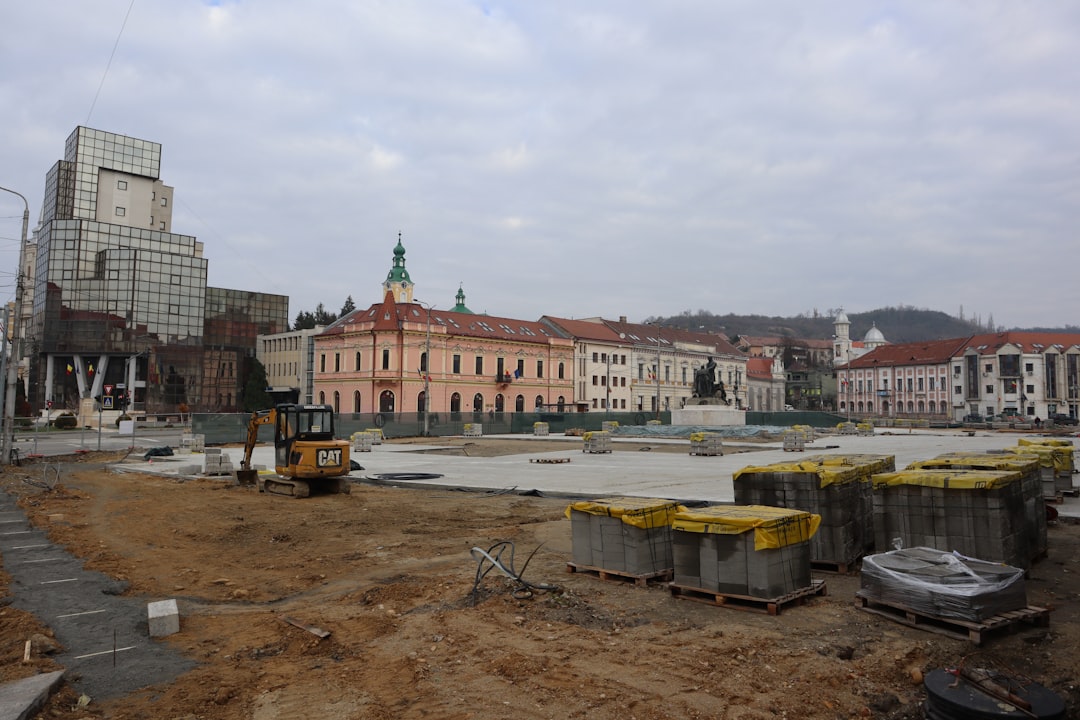
Warsaw, Poland’s capital, was one of the worst hit cities during World War II, although there are very few signs of the conflict on its streets today. What most people don’t realize is that the Germans crushed the revolt and in revenge razed virtually the entire city, destroying churches, palaces, and libraries. Yet somehow, this wasn’t the end of Warsaw’s story – it was just the beginning of one of history’s most remarkable reconstruction efforts. The Poles carefully rebuilt the old town section of Warsaw using street maps from the 18th century. The dedication of the Polish habitats and willful participation turned the city back into what it was before the war. This outstanding example of rebuilding a city that took several years has been one of the most remarkable reworks. Today, Warsaw stands as proof that a city’s spirit can survive even when its buildings cannot.
Hiroshima and Nagasaki – From Nuclear Wasteland to Peace Memorial
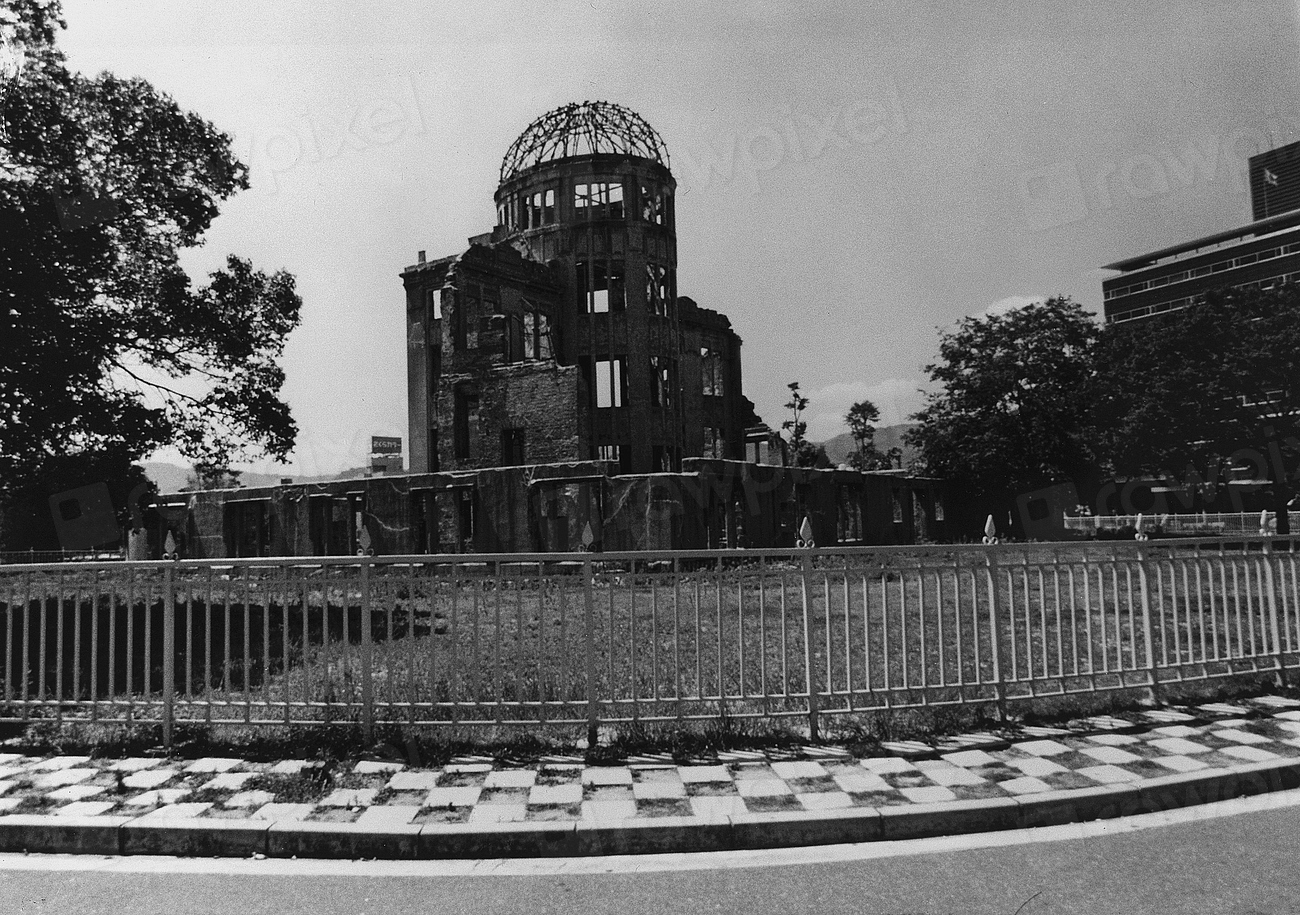
The nuclear explosions at the city during World War 2 wiped the entire city. Even after the worst nuclear disaster in the world, the city never ceased to exist. The resurrection was hard with the incoming typhoon right after the explosion, the dead economy, and the post-explosion nuclear hazard. But here’s what’s incredible about human nature – instead of simply rebuilding, Hiroshima chose to become a symbol of peace. The first sign of hope came in with the Peace Memorial City Construction Law which declared Hiroshima a peace memorial city, after which the city went through a series of revolutions and turned into a developed city with minuscule reminisce signifying the horrors of the past. One such is the A-dome which survived the explosion and has been recognized as a UNESCO world heritage site. Nagasaki followed a similar path, proving that even nuclear destruction couldn’t kill the human spirit to rebuild and remember.
Berlin – From Hitler’s Capital to Modern Democracy Hub
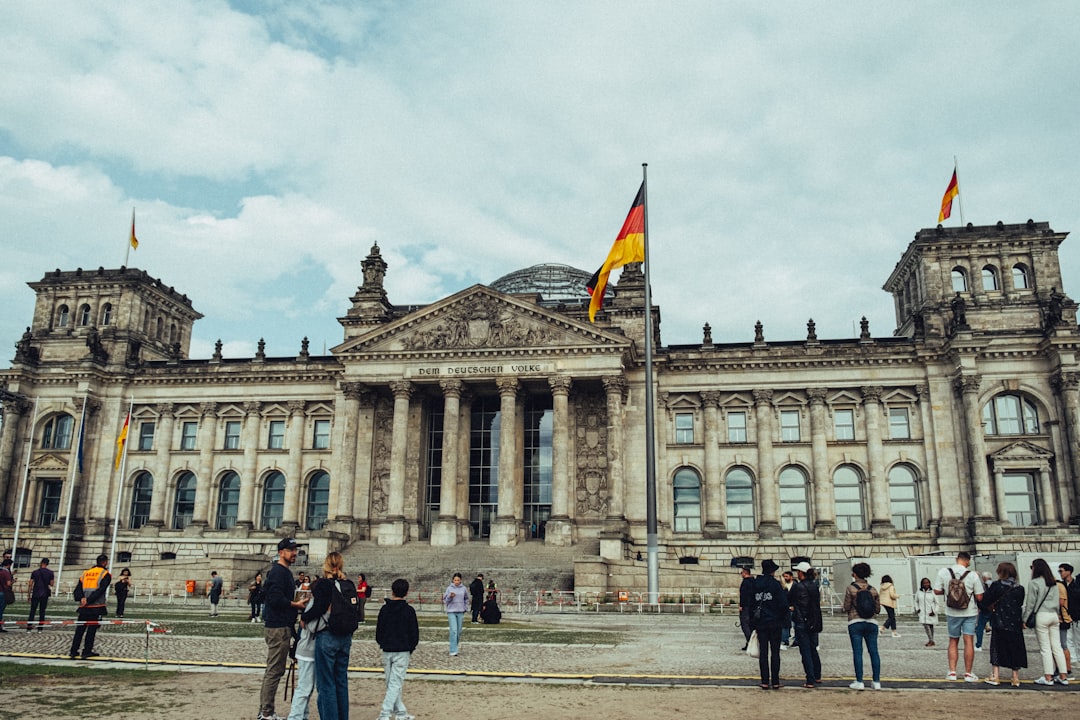
The epicenter, from where Hilter commanded over his troops, Berlin has faced massive widespread destruction. Ever since the war was over, there have been a lot of refurbishments across Berlin most of the ransacked spaces were removed completely and built again. What makes Berlin’s reconstruction fascinating is how it transformed from the heart of Nazi power into a beacon of democratic values. The Reichstag has been restored and turned into the German parliament by Ar. Norman Foster. The iconic glass cupola sitting on the roof makes it a major tourist attraction. Berlin became the target of several forces at the end of the Second World War. It was where the final battle of World War II was fought. First, it was bombed repeatedly by the Allied forces, and then in April 1945, the city was encircled by the Soviets who pounded it until a huge part of the city was destroyed, Hitler committed suicide, and Berlin surrendered. The city’s rebirth wasn’t just about rebuilding buildings – it was about rebuilding an entire national identity.
Mariupol – The Ongoing Struggle of Ukrainian Resilience
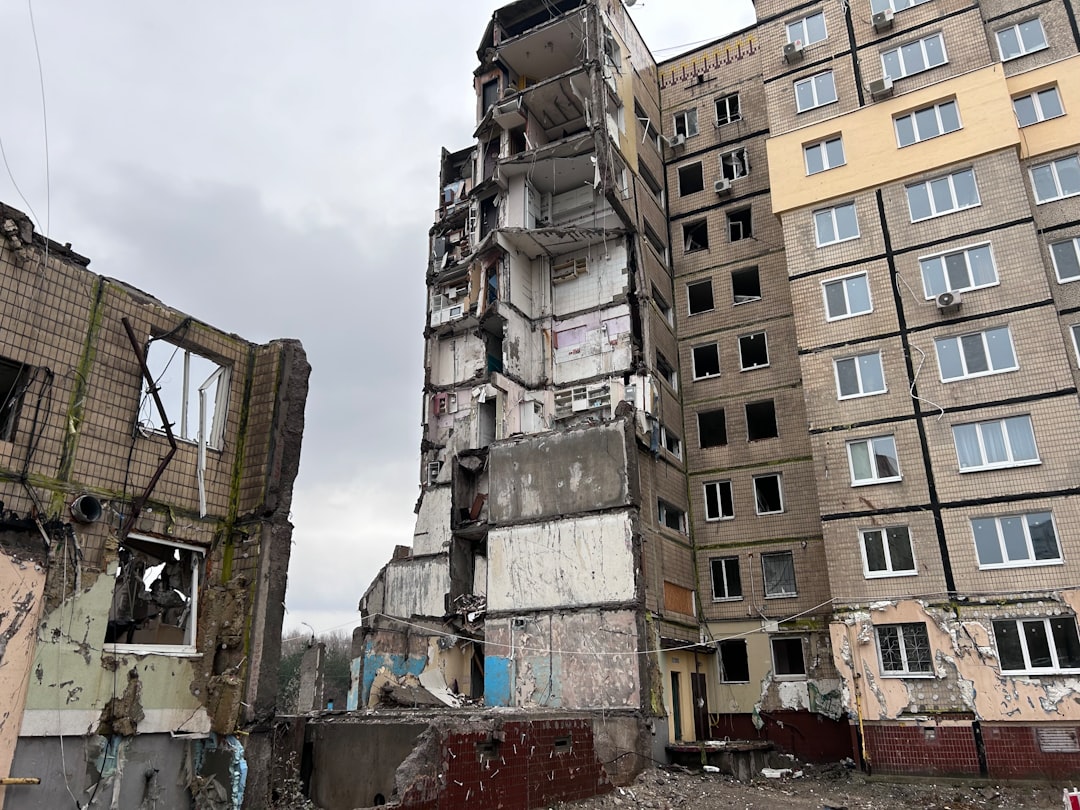
The Ukrainian city of Mariupol was almost entirely razed to the ground during an 80-day Russian siege at the outset of its invasion in 2022. At least 8,000 residents of the city died of war-related causes during the siege, according to Human Rights Watch. The destruction was so complete that according to United Nations estimates, 90% of residential buildings were damaged or destroyed in Mariupol during Russian attacks, and around 350,000 people out of the pre-war population of about 430,000 were forced to flee. Yet even under occupation, reconstruction efforts continue on multiple fronts. Ukrainian officials from the city say reconstructing it will take 20 years and cost billions of dollars. Deputy Mayor Serhiy Orlov told RFE/RL’s Ukrainian Service that city officials have a plan for postwar reconstruction divided into several stages, the first of which “covers 154 projects with a total cost of about 800 million euros.” Meanwhile, journalists at Bumaga Media analyzed statements by the Russian government, examined available data on the city’s reconstruction, and spoke with locals. Meduza summarizes the outlet’s main finding: it would take the Russian authorities another 18 years to finish rebuilding the city at the current pace of construction.
Aleppo – Syria’s Ancient Heart Beating Again
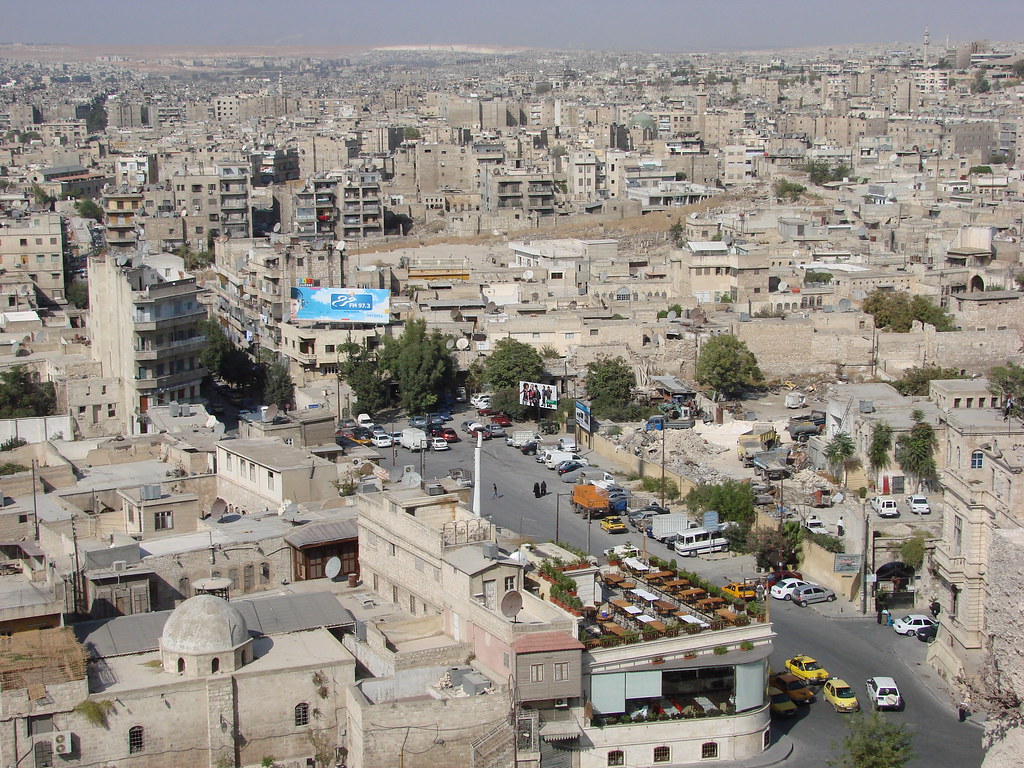
Aleppo suffered massive destruction between 2012 and 2016 during the Syrian war, when the city was at the center of major clashes between Syrian government forces and the opposition. The worst situation was found in Aleppo, a city all but destroyed during the conflict between 2012 and 2016. The scale of destruction was staggering – the population has been heavily affected, with two million leaving and over twenty-five thousand casualties. All areas of the city and its major monuments, souks, khans, and mosques suffered severe damage. The housing stock was also badly damaged, while the population was deprived of water, power, health, and educational services. Yet against all odds, recovery began even before the fighting completely stopped. The UN aid coordination office, OCHA, reports that the rehabilitation of key facilities has begun in the northwest of Syria – the first area to fall to opposition fighters on the road to Damascus from their powerbase around Idlib – including hospitals in Homs and road repairs in Aleppo. Water supplies have been fully restored in Aleppo following a six-day suspension, thanks to help from aid workers with UN Children’s Fund (UNICEF), and the International Committee of the Red Cross (ICRC).
London – Rising from the Great Fire and Blitz
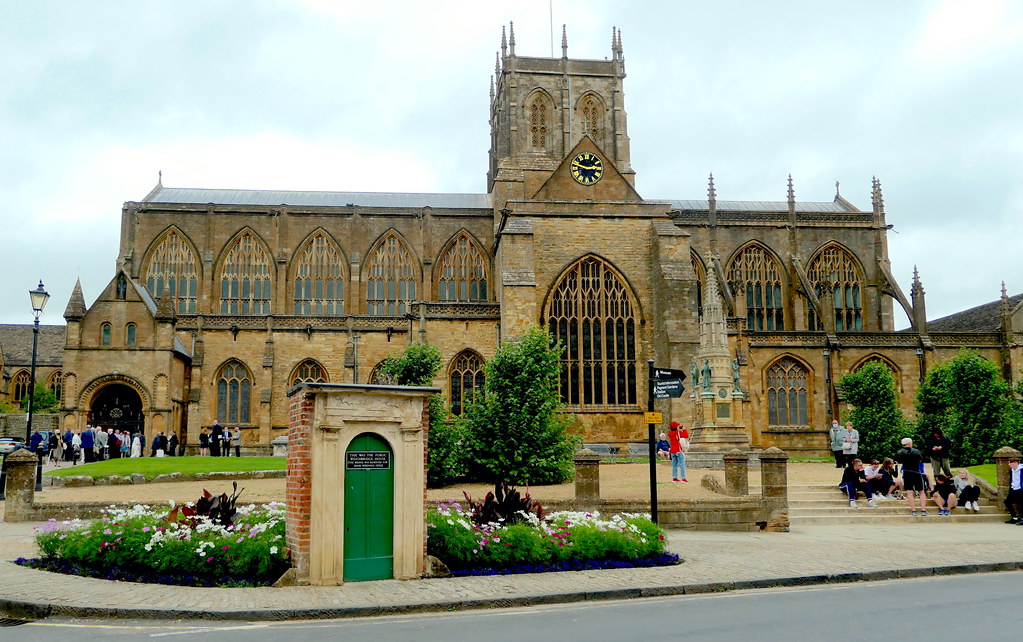
This city went through massive destruction during the World Wars and the infamous Great Fire of 1666. Even after such shortcomings, London has risen to become a beautiful city. What’s remarkable about London’s reconstruction story is how each disaster taught the city valuable lessons about urban planning. The 1667 Rebuilding Act was intended to eliminate risks that allowed the fire to spread, including forbidding the upper floors of houses to jut out over the floor below. All building materials were to be brick and stone, and the first fire hydrants were introduced. The city was rebuilt and would eventually become one of the world’s financial centers. Today, London houses more war memorials than evidence of war damage. The city’s ability to reinvent itself after each catastrophe shows how destruction can actually strengthen urban resilience rather than weaken it.
Volgograd – From Stalingrad’s Ashes to Soviet Monument
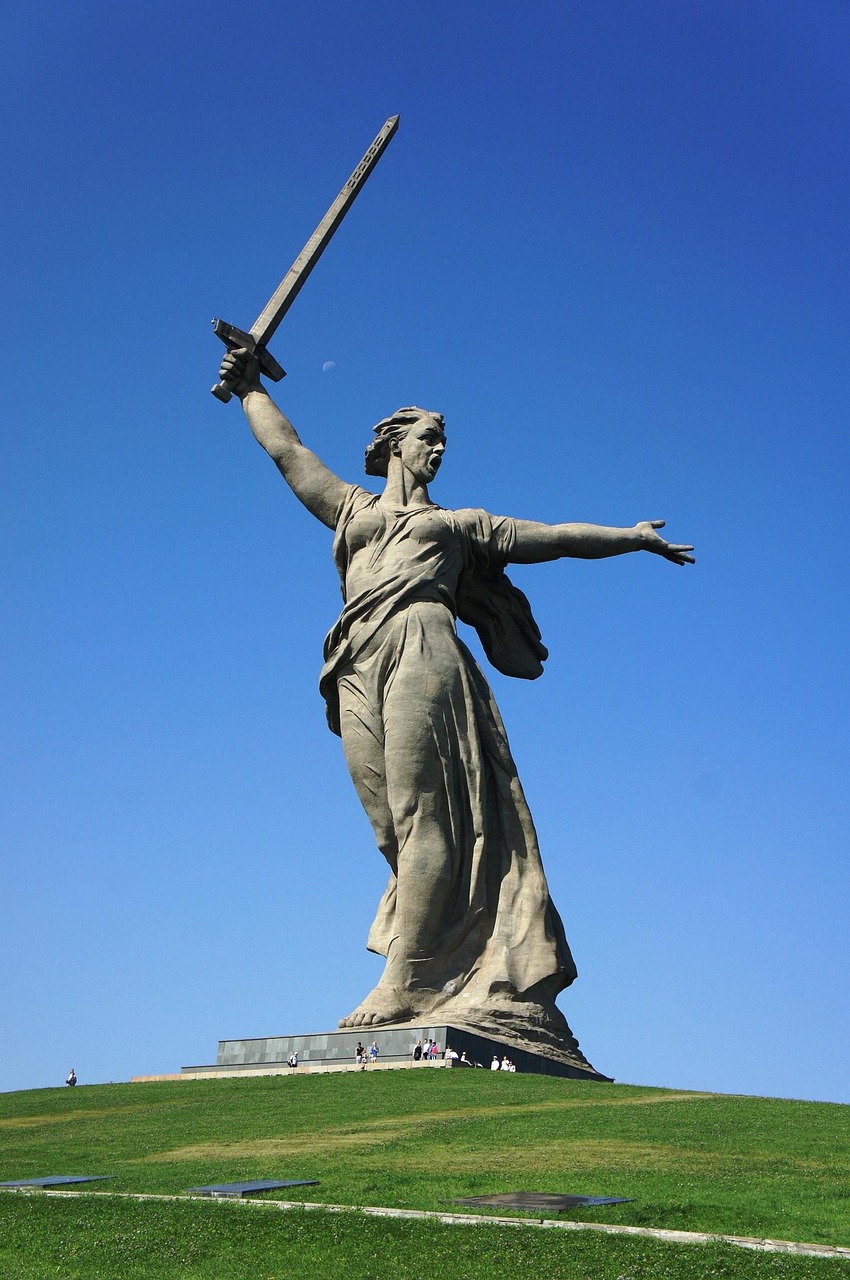
Volgograd in Russia, formerly Stalingrad, was the site of WWII’s largest and most destructive battle. Hundreds of thousands of soldiers from the Soviet Union and Nazi Germany were killed. By the war’s end in 1945, only 1,500 people were left from a city whose population had numbered about 850,000. The human cost was almost incomprehensible, yet the city’s rebirth became a symbol of Soviet triumph. The rebuilt city, including its famous Children’s Circle Dance Fountain and the statue The Motherland Calls, was reconstructed in a monumental style to salute the heroism of the Russian people. This reconstruction wasn’t just about replacing what was lost – it was about creating a monument to survival itself. The transformation from Stalingrad to Volgograd represents one of the most politically symbolic reconstructions in modern history.
Rotterdam – Rebuilding Better Than Before
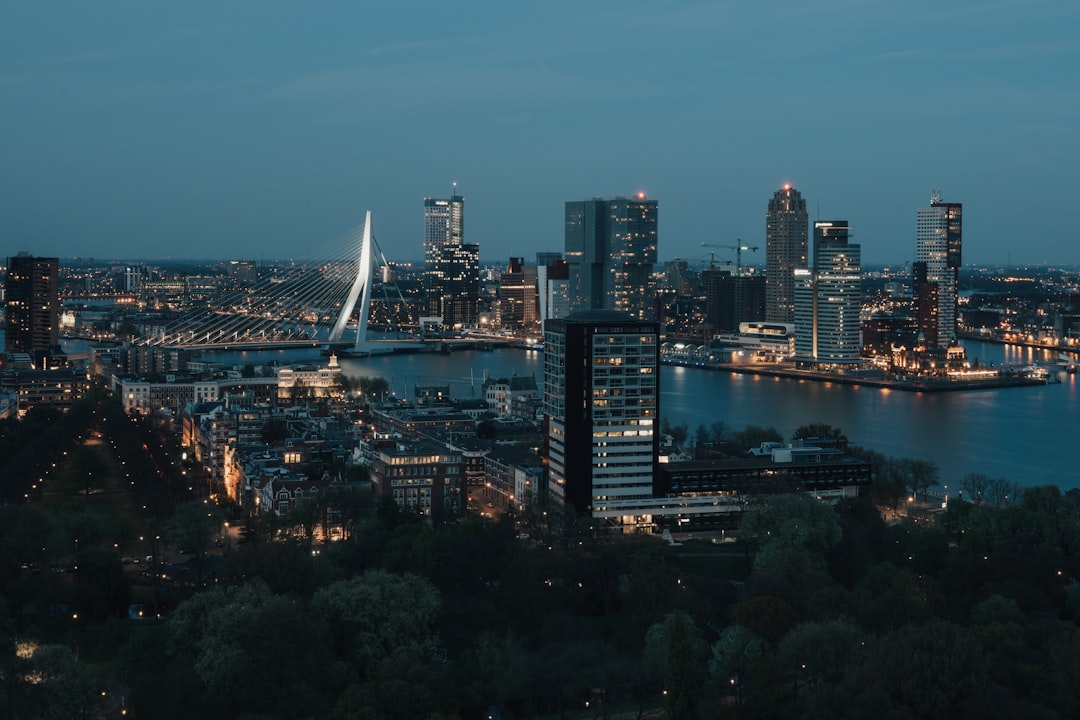
The city, which was basically rebuilt from scratch, used the chance to remodel in a way that fixed its previous problems of overcrowding and poverty-stricken neighborhoods. Today, Rotterdam is the Netherlands’ second most populous city and the biggest port city in Europe. Rotterdam’s story is particularly fascinating because the city chose not to rebuild exactly what was there before – instead, they saw destruction as an opportunity for urban innovation. The bombing that devastated the city center in 1940 ultimately led to one of Europe’s most modern and efficiently designed urban centers. Unlike other cities that tried to recreate their historical appearance, Rotterdam embraced modernist architecture and contemporary urban planning principles. The result is a city that functions better today than it ever did before its destruction, proving that sometimes starting over completely can be the best solution.
Valletta – The Most Bombed Place on Earth Reborn

When Italy bombed Malta in 1940, the strategically important island became the most bombed place on Earth. Italian bombers began their siege on the country by attacking Valletta and its harbors. The death toll was estimated to be around 10,000, about a 10th of the area’s population at the time. The tiny capital city of Malta faced what seemed like certain annihilation during World War II. The capital of Malta, then Britain’s strategic naval position in the Mediterranean, was the military and commercial center of the country, as well as the most densely populated city. It took more than four decades for the city to fully recover. Today, the tiny, fortified capital is a World Heritage site because of its historical importance. It was the 2018 European Capital of Culture. Valletta’s transformation from the “most bombed place on Earth” to a celebrated World Heritage site shows how cultural resilience can triumph over military destruction.
The Economics of Rising from Ashes
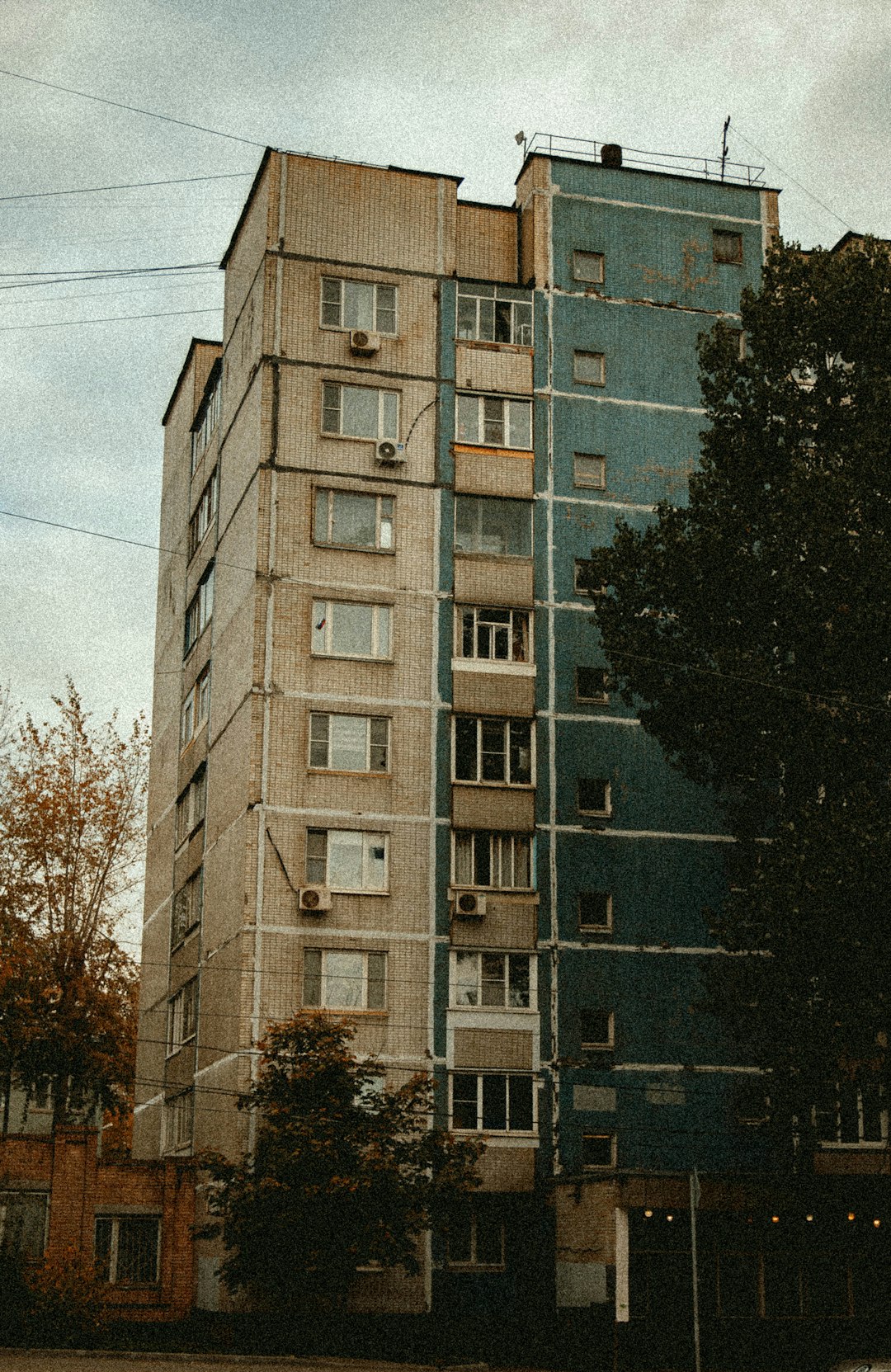
What’s absolutely mind-blowing about modern reconstruction efforts is the sheer scale of money involved. The World Bank has estimated that rebuilding Ukraine will cost more than $400 billion over the next decade, and Western lenders have signalled they are prepared to provide the bulk of the financing. To put this in perspective, over the last ten years (2015-2024), the U.S. has been impacted by 190 separate billion-dollar disasters that have killed more than 6,300 people (direct and indirect fatalities) and cost ~$1.4 trillion in damage. In February, a study commissioned by Kyiv and the World Bank, among others, found that postwar reconstruction in Ukraine would cost almost $500 billion. These numbers aren’t just statistics – they represent the massive human effort required to rebuild civilization itself. The economic scale of reconstruction today dwarfs anything previous generations could have imagined, yet cities continue to find ways to finance their resurrection from destruction.
The Human Cost That Numbers Can’t Capture
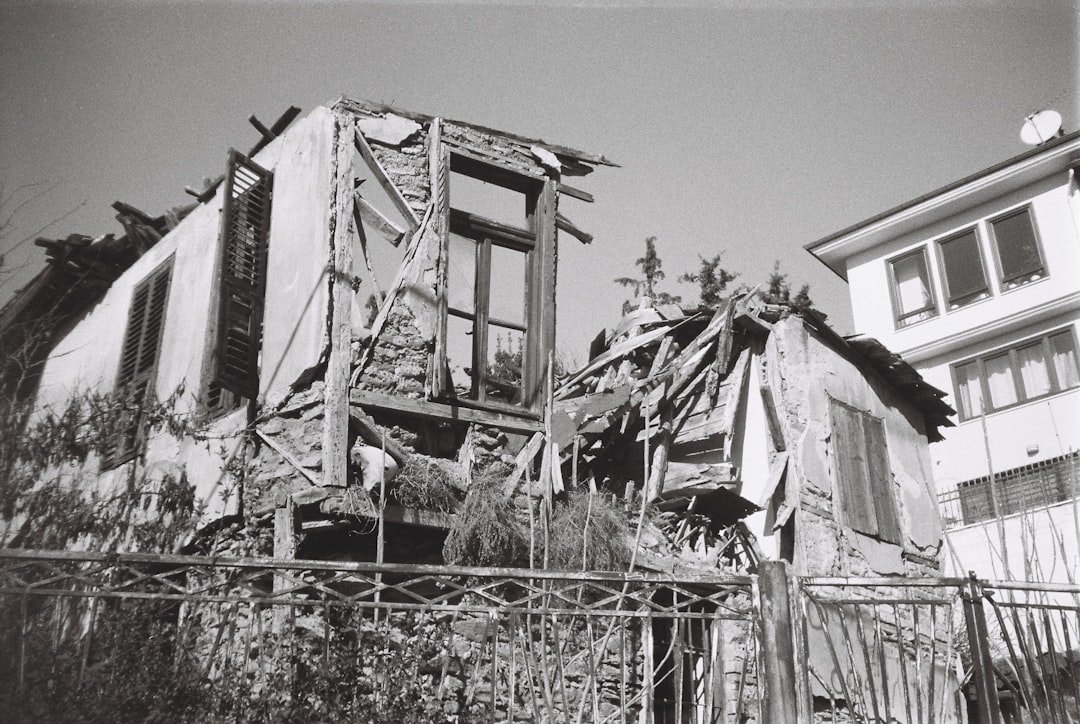
Behind every reconstruction story lies an ocean of human suffering that statistics can barely touch. The Syrian Network for Human Rights (SNHR) documented the deaths of 3,521 civilians due to landmine explosions, including 931 children and 362 women (adult females) since the beginning of the Syrian revolution until the end of 2024. The network estimated the number of injured civilians at more than 10,400, many of whom need prosthetic limbs, in addition to a lengthy series of rehabilitation and psychological support services. In a new report released on Thursday following a two-year investigation conducted with Ukrainian human rights organisation Truth Hounds, Human Rights Watch put the total number of deaths in Mariupol between March 2022 and February 2023 at more than 10,000. The two NGOs used satellite imagery and the analysis of archival material to reach their estimate but warned that the full extent of the amount of people killed, injured, and are still missing is unknown. These aren’t just numbers – they’re families torn apart, dreams destroyed, lives forever changed. Yet somehow, from this immense suffering, communities find the strength to rebuild not just buildings, but hope itself.
The Technology of Modern Reconstruction
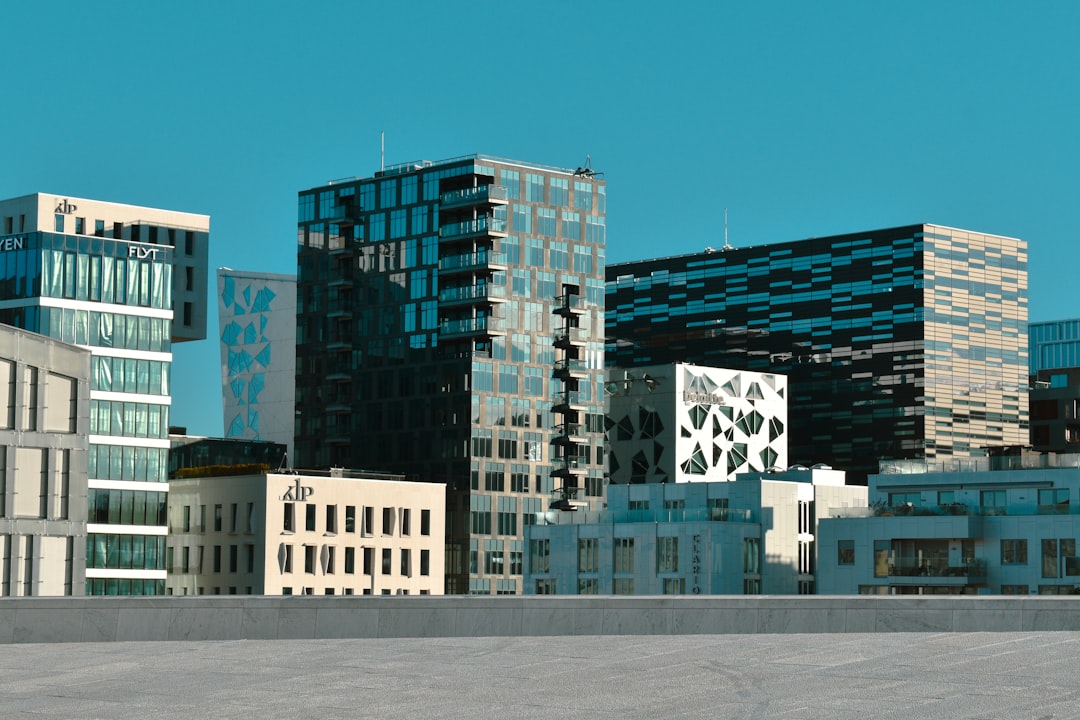
Today’s reconstruction efforts benefit from technology that previous generations couldn’t dream of. Satellite imagery reviewed by CNN between April 2022 and March 2025 show Moscow has been piling resources into rebuilding and Russifying parts of the city, constructing a new naval academy affiliated with one in St. Petersburg, a large memorial to commemorate the “liberators of the Donbas” and entirely new neighborhoods. Shiny rooftops of restored, or in some cases newly built, apartment blocks are visible dotted in and around the city center, having mostly replaced buildings destroyed in the war, satellite images from late 2024 show. The progress made on these construction efforts can be seen in satellite images. Satellite images document what has changed in the city over three years of Russian occupation. Modern reconstruction isn’t just about putting bricks and mortar back together – it’s about using advanced technology to build smarter, more resilient cities. From satellite monitoring of reconstruction progress to AI-powered urban planning, technology is revolutionizing how cities rise from their ashes. This technological advantage means that today’s reconstructed cities often end up more advanced than they were before their destruction.
When Politics Overshadows Reconstruction
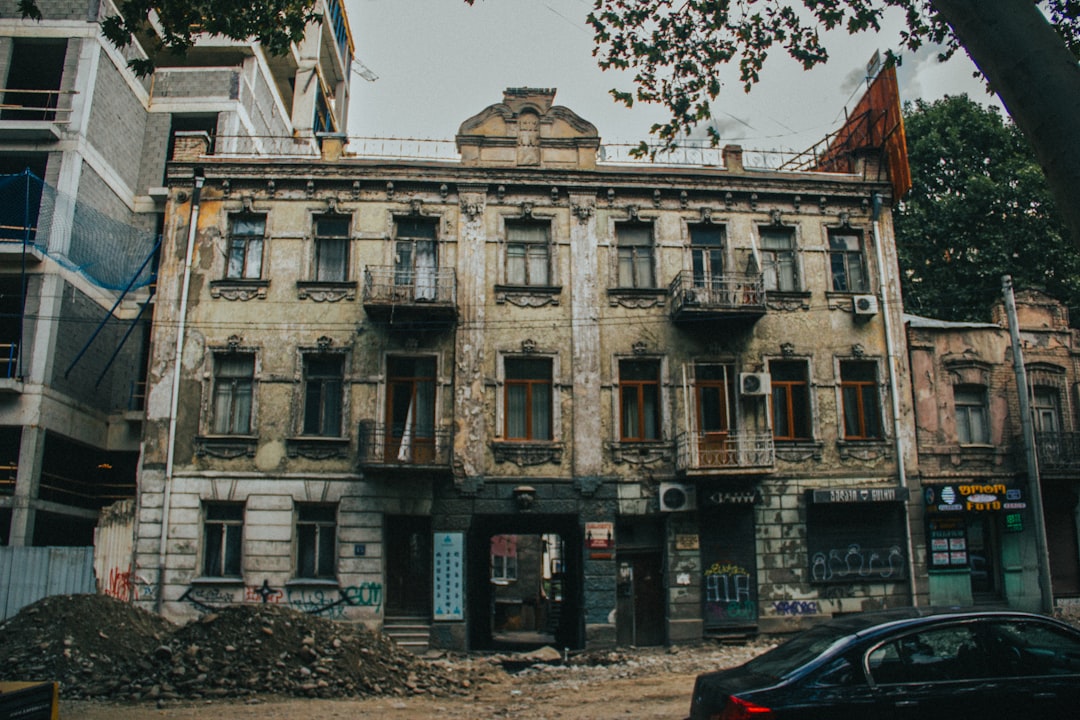
Perhaps the most frustrating aspect of modern reconstruction is how politics can either accelerate or completely stall recovery efforts. After the end of the conflict in December 2016, the situation in Aleppo rapidly improved, although the city is far from regaining the position of being the economic powerhouse that Syria enjoyed before the war. However, economic reconstruction and development have proven slower than expected and hoped, largely due to the international sanctions against the Syrian government, which have prevented foreign investment and the transfer of resources to the country. On 23 December, the Biden administration signed NDAA 2025 into law, renewing the sanctions for another five years, with Reason magazine labeling the sanctions “a serious obstacle to Syria’s reconstruction” post-Assad. In Ukraine, officials in the Odesa region cancelled more than $9 million of tenders during the last three months of 2023, saying spending on things such as road repairs, the renovation of a stadium and software was “unacceptable” during wartime. The disputes highlight the need for a clearly communicated government strategy for what recovery and, more broadly, a war-adapted economy should look like. Politics can make the difference between a city rebuilding in years versus decades.
The truth about reconstruction is both more hopeful and more complicated than most people realize. These cities prove that human beings possess an almost supernatural ability to rebuild from complete devastation, often creating something better than what existed before. Yet each success story comes at an enormous cost in human suffering, financial resources, and time. Did you expect that some of history’s most beautiful and functional cities would emerge from its greatest disasters?




